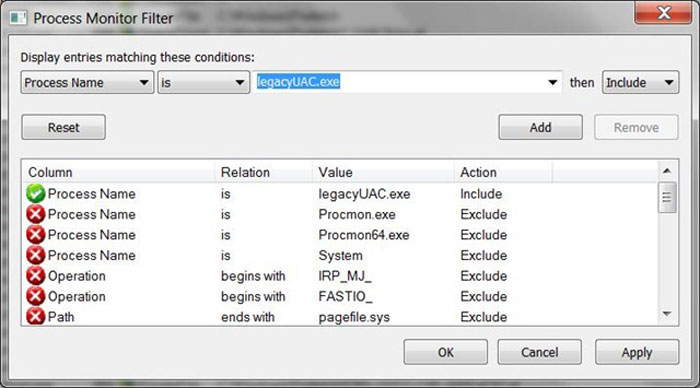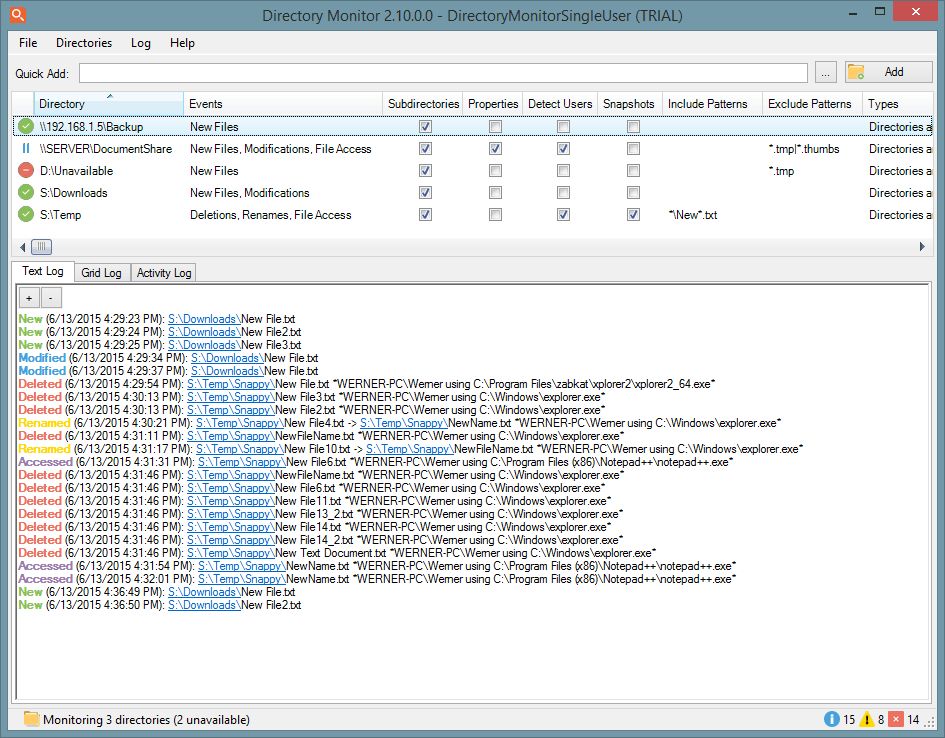

Valid states are: N/A, None, Generated (OS390), Not Posted, Posting, and Posted. Status for each individual job and process. Status values appears later in this section. Of the process, such as Queued, Initiated, or Cancelled. This page displays a historyĭate at which the process request was created. The most current instance isĬlick the Schedule JobSet icon to go to the Schedule JobSet page. It also listsĪ history of the recurrence process. This page displays the Recurrence Name, Process Type, and Process Of the following actions on the current queued request.Īctivity based on the last action selected. To go to the Recurring Process/Job page, where you can perform one

Click to see the status of all jobs and processes Is listed, only the main job appears, and the system displays its Process, such as Application Engine, COBOL, or SQL. This column displays this sequence, such as 1, 2, 3, and so Process request has a defined sequence in which it runs in relation Instance that is, the order in which the process appears in the queue. The options will only be visible when processes are filtered by a Note: The Delete, Cancel, Hold, and Restart optionsĬan be performed only on processes with specific run statuses. The check box is only active for valid processes. Click Restart Request to restart multiple processes or jobs that are on hold.Ĭlick Deselect All to deselect all valid processes.Īppears to the left of each process to select individual processes. Click Hold Request to hold all of the selected processes. Click Cancel Request to cancel all of the selected processes. Once selected, click Delete Request to delete all the selected processes. Process list contains processes that can be deleted, cancelled, held, The rules applying to Save on Refresh are listed later in this section.Īll buttons appear at the bottom of the page when the To save changes to filter criteria when you select the Refresh button. Limit the view to a single request, enter the required instance ID To select a value for this field until you first select a processīy which to limit the process requests that appear in the list. Interval fields will be grayed out and all process requests will appear.ĭisplay only those reports created between two specific dates. Numerical value in the field and then select a unit type: Days, Hours, Years, Minutes, or All. In the last number of days, hours, years, or minutes. Select Last to display only those reports that were created Of time by which to limit the process requests that appear in the Such as Application Engine, COBOL, SQR, or Application Engine. Leave blank to viewĪll of the processes that you are authorized to view. You can find definitionsįor the fields and controls later on this page.īy a user ID. The fields and controls on the Process List page.


 0 kommentar(er)
0 kommentar(er)
